Guest Walk #2 - From River to Dune
South Wales Heritage Coast - Part 2
On the western bank of the Ogmore river valley, close to the edge of the Heritage Coast there are some interesting country trails encompassing an important site of Special Scientific Interest, a village of thatched cottages which would not look amiss on a box of chocolates, and a pretty Victorian church in a delightful woodland setting. Across the valley are a medieval priory, a Norman castle and stepping stones and last but not least an excellent country pub, all of which go to make up a fascinating circular walk in a very beautiful corner of Wales. The walk is about 7.5 miles in length, though it can be shortened to around six miles if a more leisurely afternoon's excursion is required!
Get your boots on!
To reach the start of your walk, follow for a short distance, the B4265 (B4524 Ogmore- by-Sea) from Bridgend. After passing the historic Ewenny Pottery, (which is well worth a visit, and for the visitor to the area unmistakeable with a ceramic black cat on the roof) take a right turn into New Inn Road. After about half a mile turn left for the village of Merthyr Mawr and after another half mile you reach the start of your walk at Merthyr Mawr Warren. There is a small car park for visitors to these remarkable Dunes which are the highest in Europe!
The Warren itself once stretched along this part of the southern coast of Wales as far as the Gower Peninsular. Beneath the sand lies hidden a medieval village and, still visible and able to be visited, are the ruins of a fourteenth century fortified manor known as Candleston castle. It was originally the home of the De Cantelupe family. The Dunes themselves are of considerable height and one sandy hillside towers over the car park. It is known locally as the “Big Dipper”. Children really enjoy running up and down this local landmark and screams of delight can be heard from quite a distance! Is is said that part of the film “Lawrence of Arabia” was filmed here.
The Dunes are also a site of Special Scientific Interest with a wealth of plants insects amphibians and reptiles, but beware of adders in the spring! The dunes themselves are vast and criss crossed by paths that lead down to a sweep of golden sand known as Sea Beach (Traeth y Mor)
But the walkers path lies inland.
Retracing your steps it is a pleasant walk along a country lane to the village of Merthyr Mawr, and en route passing Ton fruit farm (with excellent PYO strawberries in season). On the outskirts of the village there is a beautiful Victorian church dedicated to St.Teilo. It is set in a woodland glade. In late winter and spring the churchyard is covered in snowdrops and bluebells. Behind the church there is a shelter where ancient inscribed stones are displayed, some dating back to Roman times. The church itself has a beautiful interior with wonderful stained glass and can be visited. The village of Merthyr Mawr is completely unspoilt. There is a group of about half a dozen pretty thatched cottages surrounding a small green. There is a lane on the right of the green which leads to the River Ogmore (Yr Afon Ogwr), a short distance away. Some of the cottages do indeed have roses round the door. It is an estate village built to house farm workers employed by Merthyr Mawr house nearby.
Leaving the village along a winding lane with stone walls either side and with lovely country views, you arrive at a junction where you take a right turn onto New Inn Road. However a short diversion to the left takes you down to the River Ogmore, and you can walk across the Dipping Bridge which spans the river. It is so called because sheep could be thrown through apertures in its stone walls to be dipped in the waters below! Passing back along the lane you arrive after about half a mile at the village of Ewenny. Here walkers can choose to do the extended route of just under two miles to visit Ewenny Priory or taking the shorter route follow the B4524, and take a right turn under a small stone railway bridge to the Eastern bank of the Ewenny river, a tributary of the River Ogmore.
Those deciding to turn left in the village and do the extended walk along a quiet lane, can visit one of the most notable historic buildings in the vale of Glamorgan. This is the furthest outward leg of your walk. It is a most impressive fortified structure looking more like a castle than a priory church. It was founded in the early twelfth century by a Norman Lord called William de Londres on a pre existing religious site. It was both a parish church and a monastic foundation. However, post the Reformation, cattle were housed in the monastic section of the church! In the nineteenth century a view of the Chancel was painted by Turner on one of his visits to Wales. At the Millenium it provided the wonderful setting for a production of “Murder in the Cathedral” by T.S.Eliot ( in which I took part!).
Retracing your steps to Ewenny village (or turning left along Tingle Lane to the upper part of the village, offering splendid views of the hills surrounding the mining valleys to the north), you can turn right and, after turning left at a junction, rejoin the original walk at the railway arch on the B4524.
This last section of the walk, returning to the Merthyr Mawr Dunes, passes along side the flood plain of the Rivers Ewenny and Ogmore. Sheep and lambs, swans and ponies and flocks of wild ducks and geese inhabit the rivers and the floodplain, sometimes at very close quarters with one another! Walking towards the estuary, with extensive views across the valley to the beech woods around Merthyr Mawr village, your walk brings you to Old Ogmore village, (Hun Ogwr). To the right by the river stands Ogmore Castle and the stepping stones. This ruined Norman castle, also founded by William de Londres, is most picturesque, and was established as part of a ring of Norman castles to defend the Norman lord ships of the Vale from the incursions of the marauding Welsh to the West!
For those visiting the castle and the stepping stones by car there is a small car park, but at specially high tides the area can flood and cars have even been seen floating down the River Ewenny!
The next challenge for the walker is crossing the stepping stones, preferably at low tide. The stones are known locally as Stepsau Teilo (Teilo's Steps) presumably because they lead to St. Teilo's little church which you passed earlier in the walk.
Worshippers were legendary for running across the river valley after morning worship, crossing the stepping stones, to quench their thirst at the Pelican Inn opposite the castle. It is a welcome place today to stop off for refreshment before the final section of the walk.
For those wanting an easier route, the Welsh coastal path turns right about 400 yards before you reach Ogmore village, and by going over a less scenic, but less precarious, route over a small concrete bridge, takes you across the water meadows towards Merthyr Mawr. Whichever route you take, both routes bring you to the banks of the Ogmore river where there is a small suspension bridge known as the Swing Bridge. It is said that the Severn Bridge was modelled on it!
Crossing over the bridge you come once again to the village of Merthyr Mawr and a short final leg takes you to the dunes car park and journey's end!
Note. As well as the car parks mentioned above, there is a large pay car park at Ogmore-by-Sea, (Aberogwr). Starting and finishing there would offer magnificent views of the estuary and the river valley, but would add another mile to the walk.


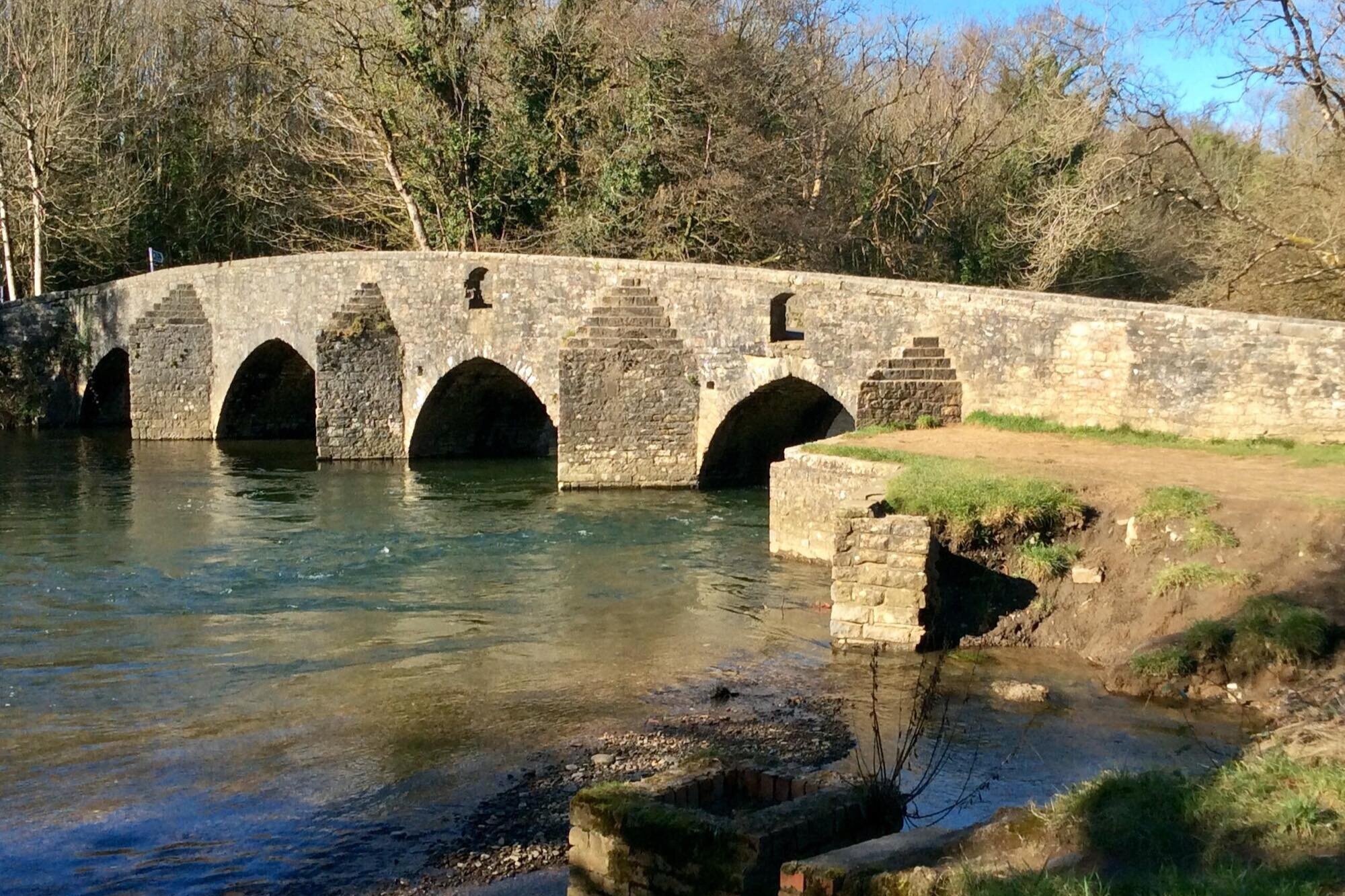



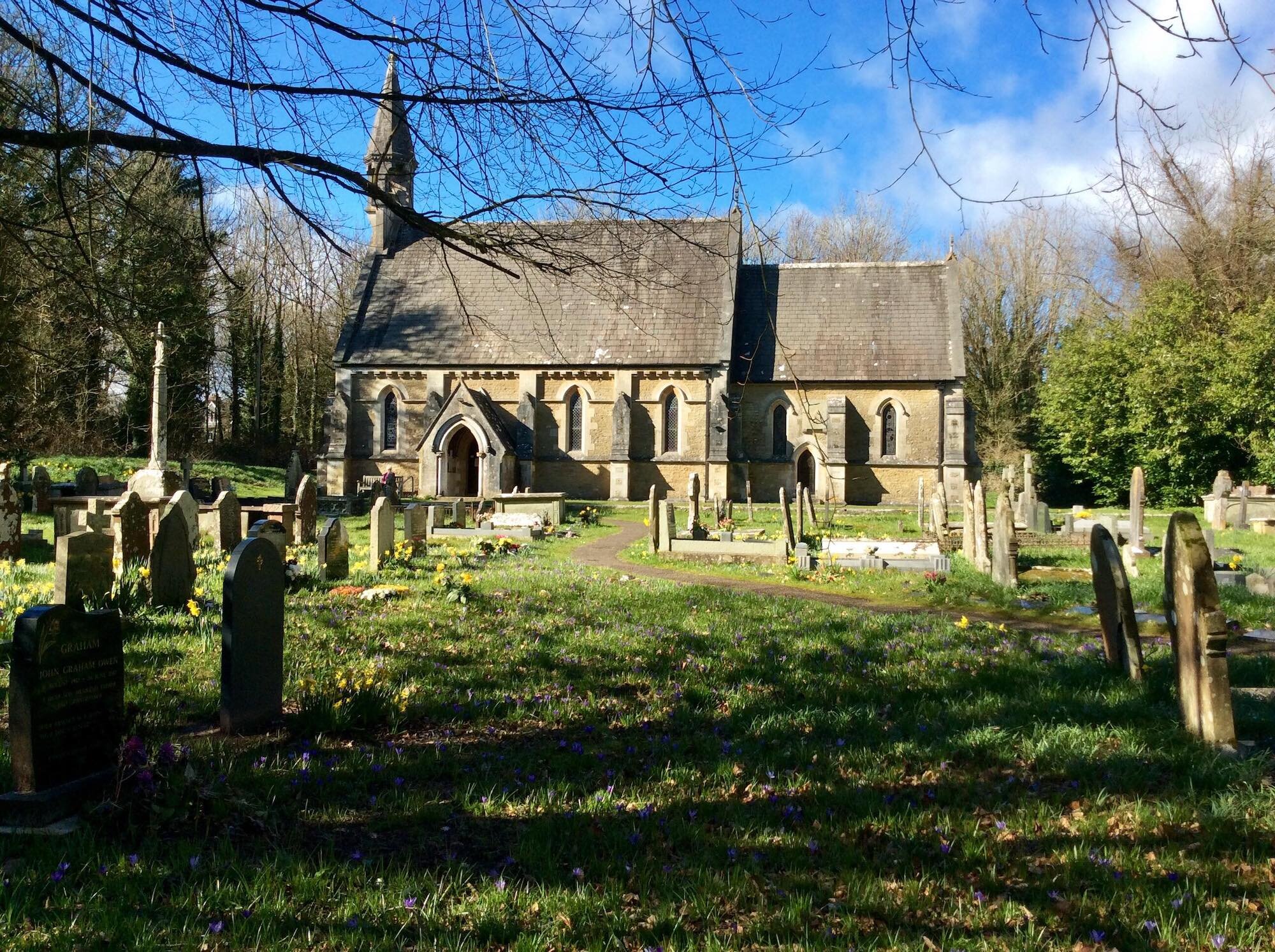


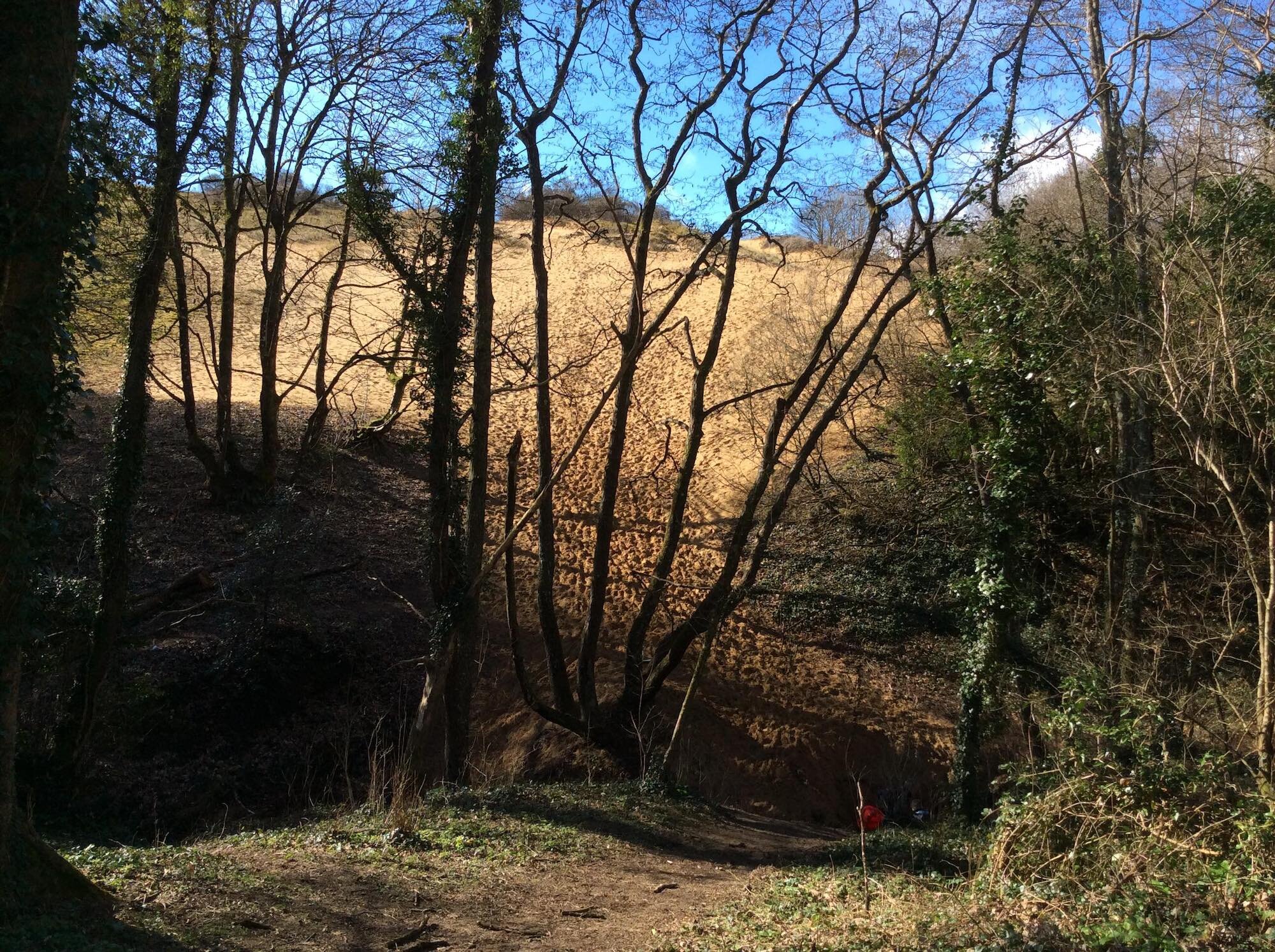

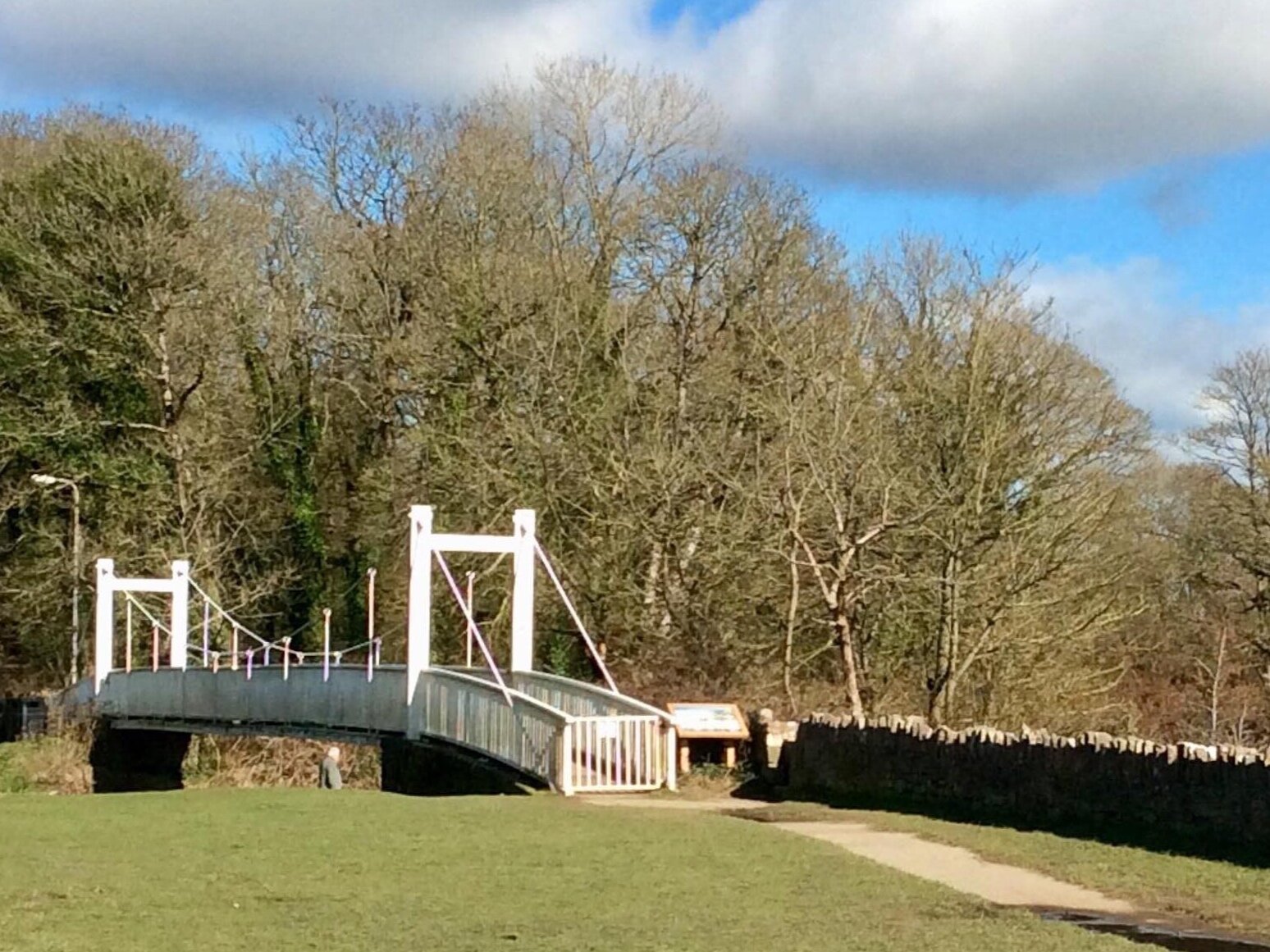

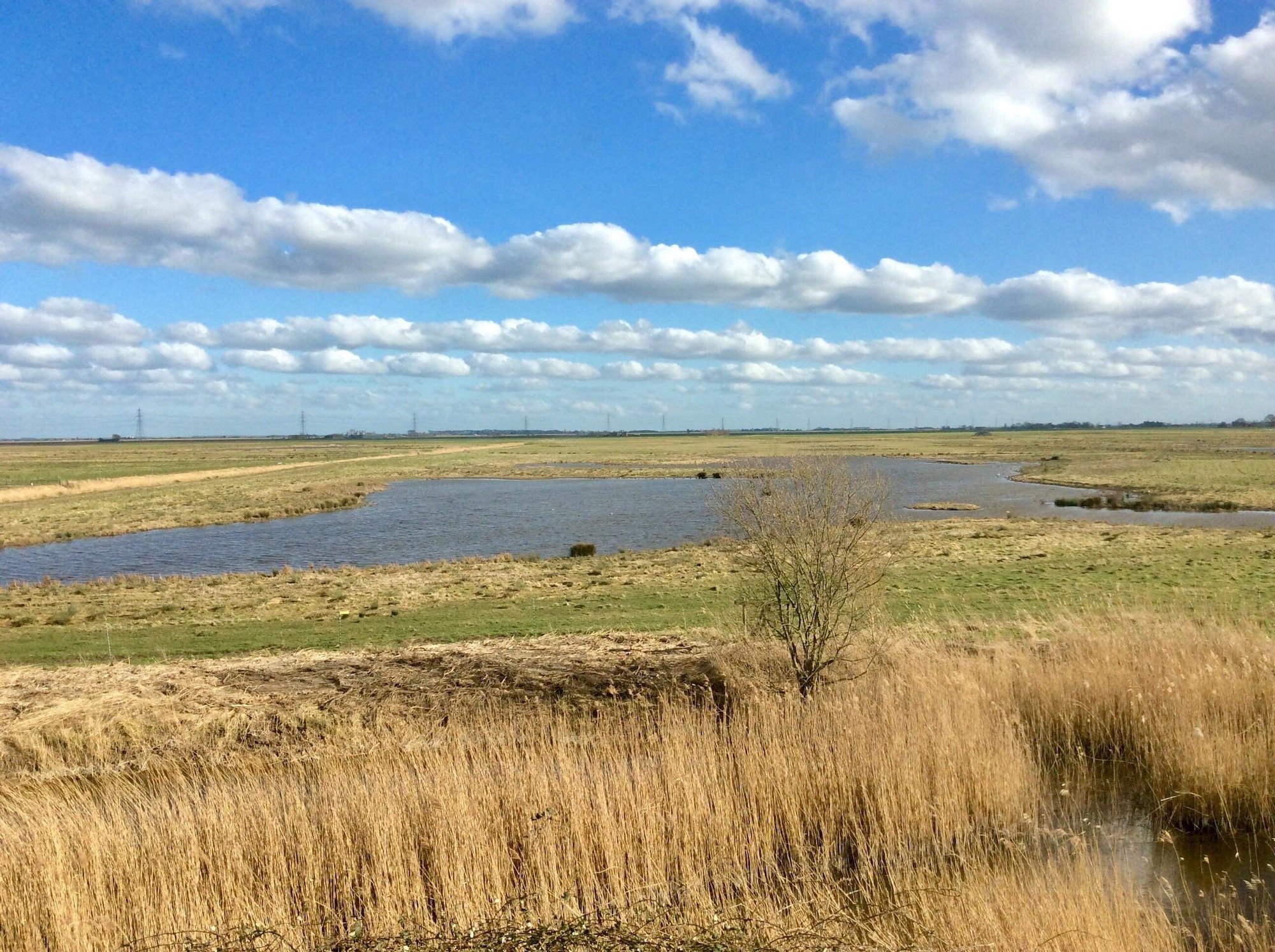


Meet Cat, she’s walking home, a very very long way! 630 miles to be exact, along the South West Coast Path from Minehead to The Isle of Purbeck, Dorset. Join Cat on her journey as she shares the ups and downs of her adventurous walk home.